Singapore to Conduct General Election Earlier?
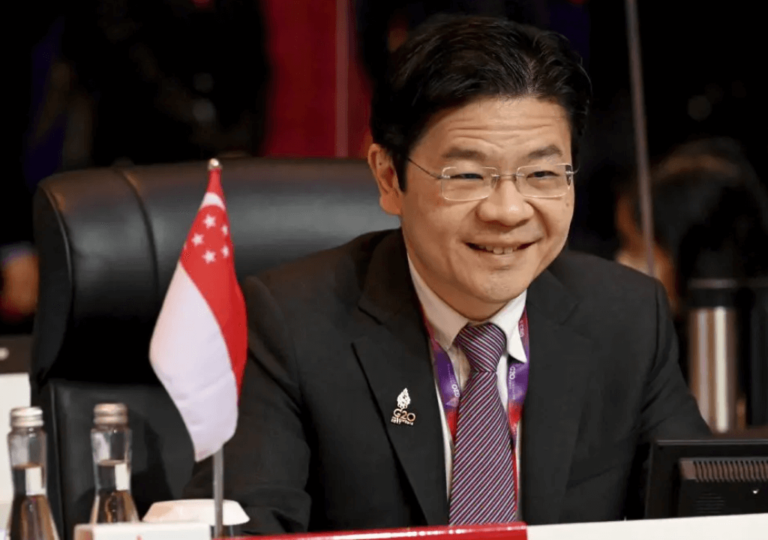
Singapore's general election may be held earlier than expected, with analysts suggesting a possible call as early as September.

Singapore's general election may be held earlier than expected, with analysts suggesting a possible call as early as September.
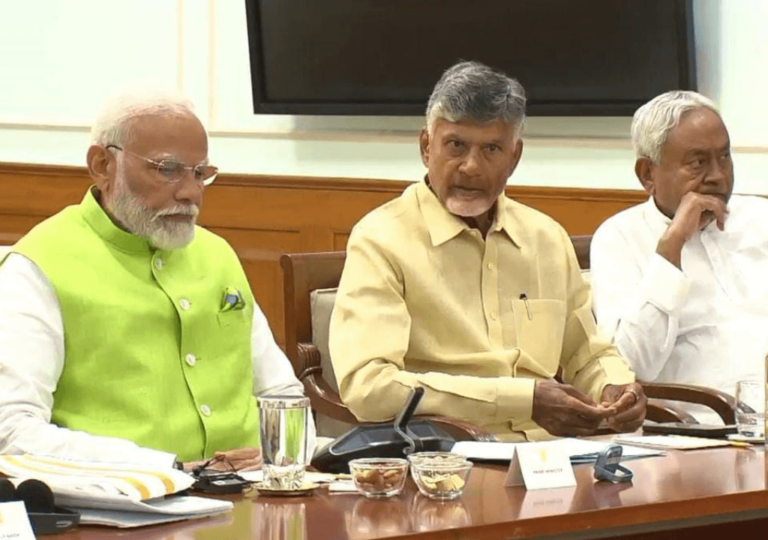
Despite winning 240 seats, the BJP's performance was seen as a setback for Modi's authoritarian tendencies and a sign that Indians value their democracy.
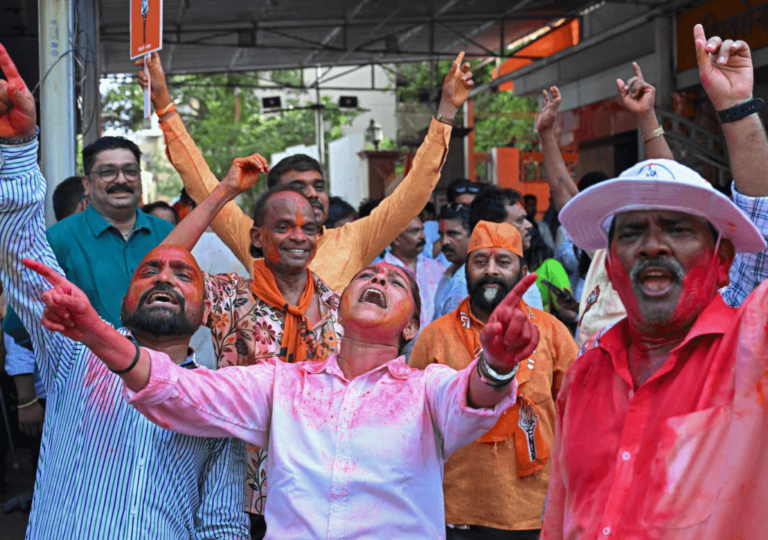
Find out how the ruling BJP's failure to secure a majority single-handedly will lead to negotiations and collaboration with various political parties.
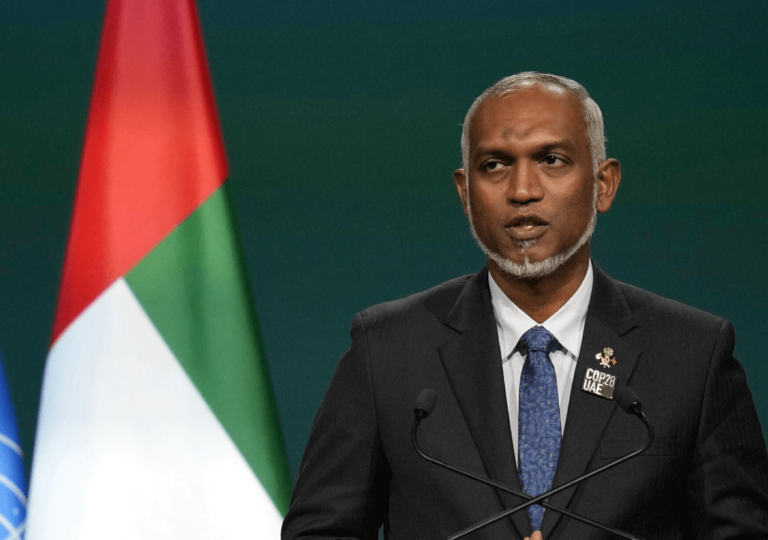
Maldives bans Israeli tourists amid Gaza conflict, risking economic consequences and diplomatic tensions with the West.

Israel's war on Gaza continues, with the US now working seriously towards a ceasefire, facing humiliation due to its weakened power over Israel and commitment to human rights.
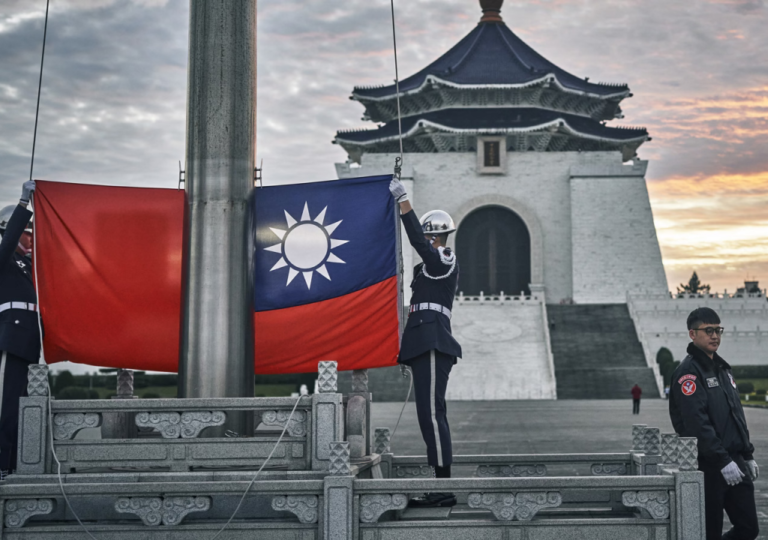
Taiwan's opposition-controlled parliament has passed a controversial reform bill amid intense protests, raising concerns about the country's democratic system.

Prime Minister Narendra Modi is likely to secure a consecutive third term, which could lead to more actions fulfilling Hindu nationalist demands, including the formation of Akhand Bharat.

North Korea retaliates against South Korea's propaganda balloons by sending balloons filled with feces and trash.
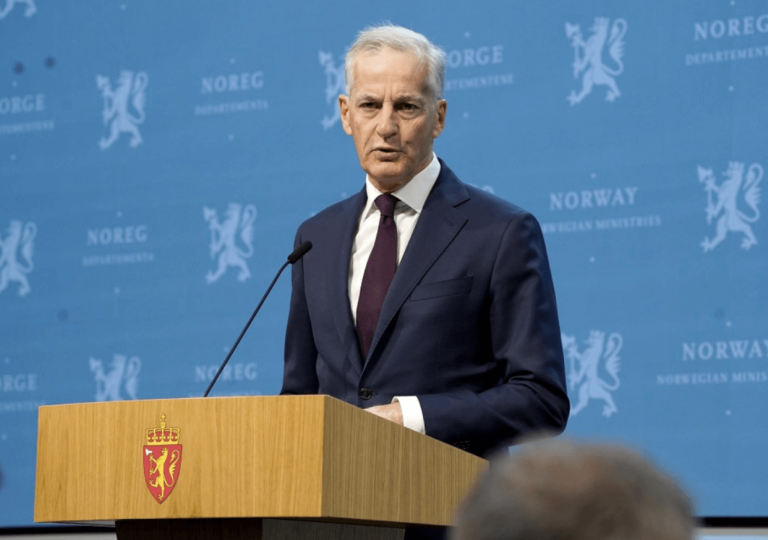
Three European countries recognize Palestine, challenging Israel's stance on the conflict.
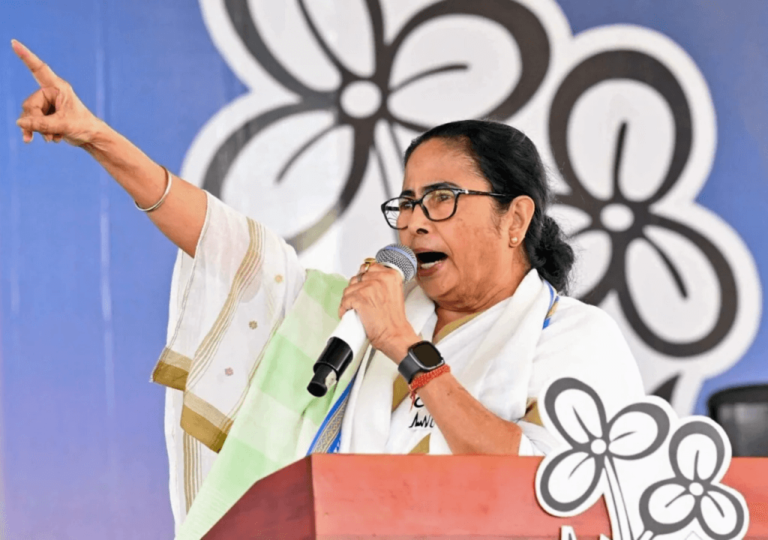
West Bengal's political violence escalates as parties vie for power, undermining democracy.